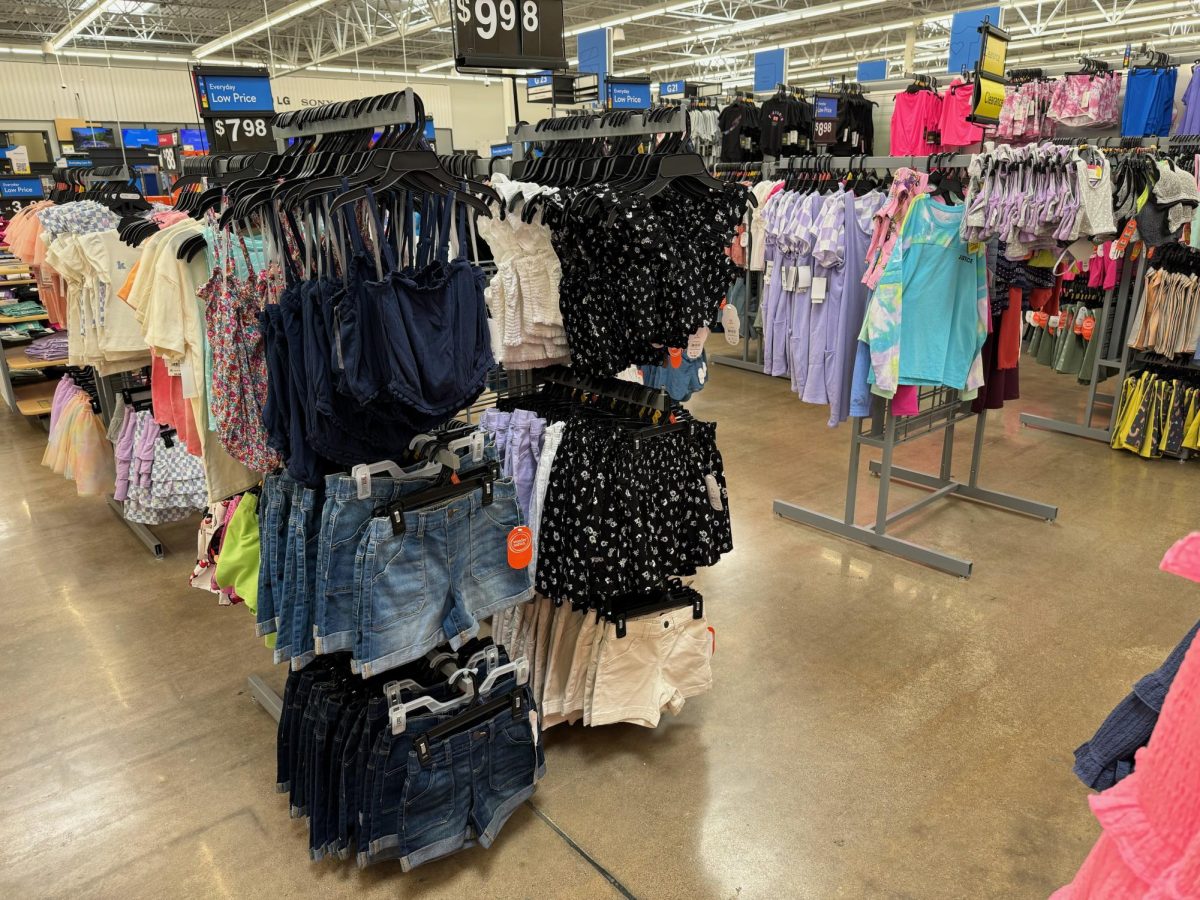Recent months have revealed a shift in consumer preferences in fashion, particularly with the demand for more modest clothing.
This trend can be linked to clothing companies receiving backlash on social media from angry parents and uncomfortable teens alike.
Parents on Tik Tok called out clothing brands at Target for selling inappropriate and revealing clothing for kids. Target offered girls’ swimsuits with large cutouts, heavily ripped jeans, and tight shirts. These videos sparked an online debate about the sexualization of children. Parents worried that the clothing options may cause issues with body image and confidence later in life.
Social media outlets like Instagram and Tik Tok almost normalize young children dressing in crop tops and tight shorts. However, recent social media posts raised a shared concern amongst many parents: modesty for their children.
Mother Tammy Dodd expressed concern about appropriate clothing for her 12 year old daughter. “I believe social media has influenced children to wear items that are not okay for certain ages. I believe younger children feel like they need to wear crop tops and show a lot of skin in order to fit in with crowds,” she said.
The availability of immodest clothing drives this sense of normalcy around children not dressing for their age. When brands put low cut shirts and booty shorts in the children’s section at stores, people will start to consider these items as appropriate.
“I do not feel like most clothing brands offer age appropriate clothing styles. It gets harder and harder to find clothing that does not reveal too much of a child’s body which is unfair to these children,” Dodd said.
The concern doesn’t stop with young children’s clothing though; there is a perceived lack of modest clothing available to teens and young adults. The demand for more modest clothing has caused a slight turn in production by major fashion companies.
Inclusivity and diversity are at the forefront of what fashion companies want to provide, and the increased consumer base interested in modesty has brought some new styles to the racks. Flowy dresses, comfortable loungewear and one-piece swimsuits and swim dresses offer modest takes on traditional styles.
Despite these positive changes, social media still has a large hold on what people choose to wear.
Senior Madyline Fox shared her perspective on teens and dressing modestly. “Modesty isn’t only a religious thing or a threat to someone’s style or life. It can be a beautiful thing. Unfortunately, to find modest clothing I like I often have to shop in the Muslim or even maternity sections. We love to see more people being comfortable with showing more skin but we also must protect ourselves and our children at the same time,” she expressed.
The industry’s response towards this consumer demand for modesty options reflects a more inclusive and respectful approach to clothing. As the conversation of modesty continues to evolve, social media will likely shape what stores choose to display. Whatever the new style is, brands will remain responsive in order to meet the diverse needs and demands of their customers.









